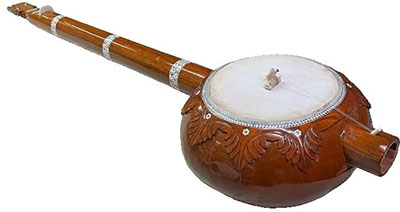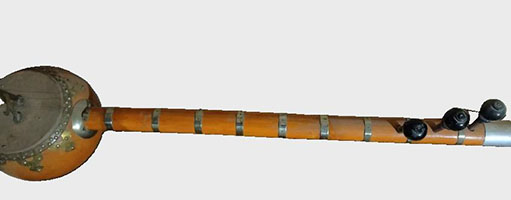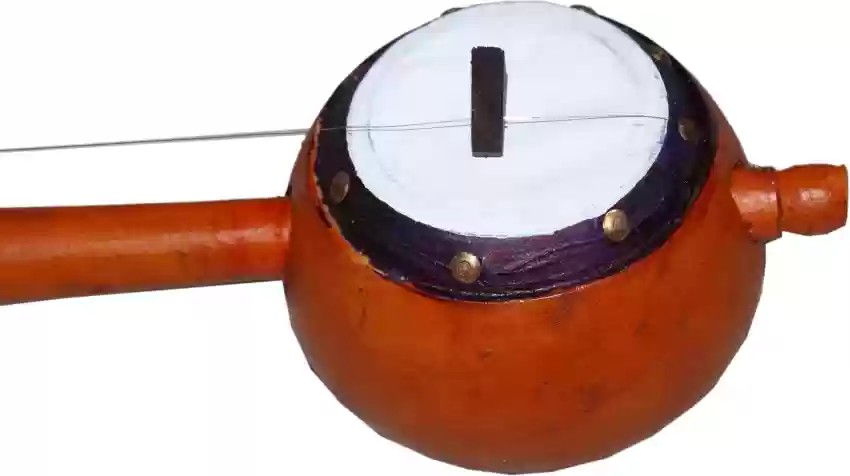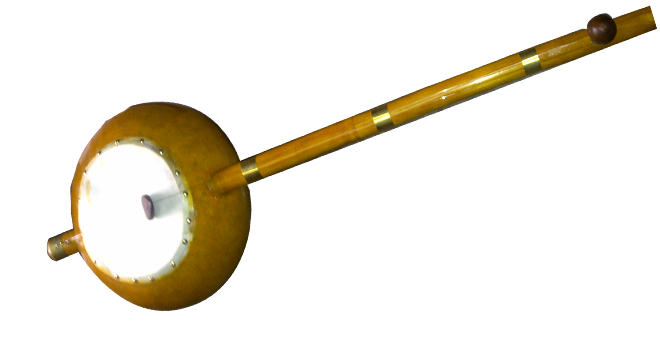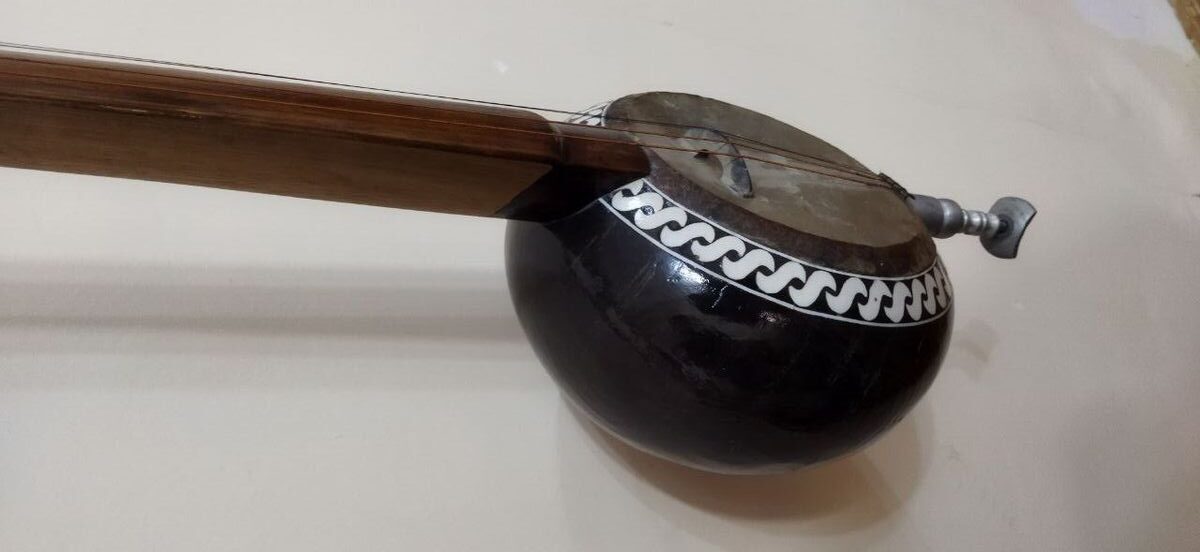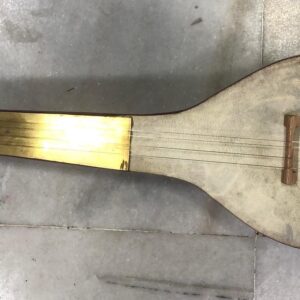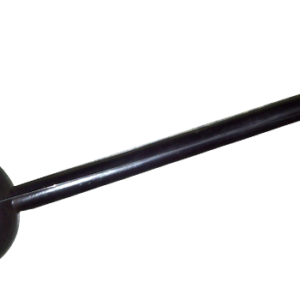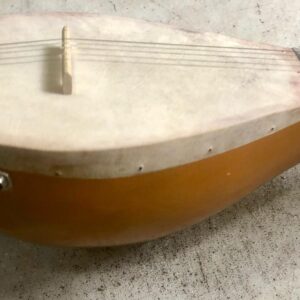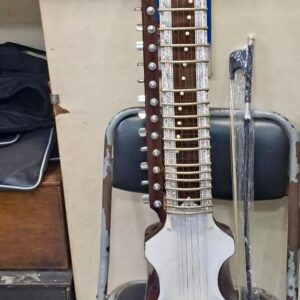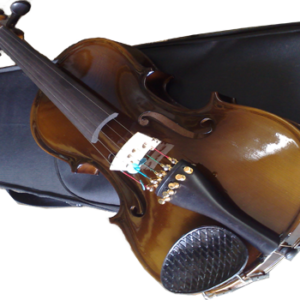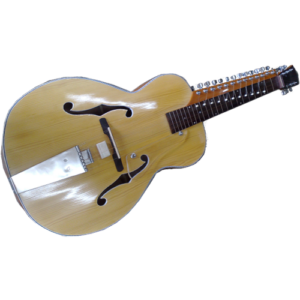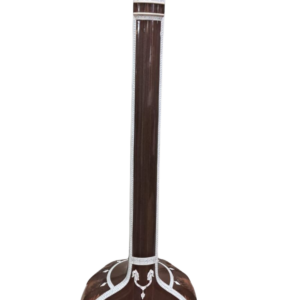Description
Big Ektara (Ramsagar)
Special Features:
Good sound quality and big in size, classically tuned.
Delivery Time: 20-25 Working Days after Successful Payment.
For More information SMS 2500B Name Email Country and Send to +919830066661
N.B: All prices are inclusive of Shipping (International Air Mode)/ Packing/ Tax/ Insurance. No hidden cost. Read our Terms & Conditions, Privacy Policy and Shipping Policy.
In The Box: Big Ektara (Ramsagar), Bag
History (Wikipedia):
From where we get Big Ektara (Ramsagar)- Small history below:
Our knowledge about the instrument is from Wikipedia. As per Wikipedia, we shared this small history to let our customers know about the history. Musicians use the ektara (Bengali: একতারা, Hindi: एकतारा, Urdu: اِک تارا, Nepali: एकतारे, Punjabi: ਇਕ ਤਾਰਾ, Tamil: எக்டரா; literally ‘one-string’, also called actara, iktar, ektar, Sindhi: يڪتارو, yaktaro, gopichand, gopichant, golki Nepali: गोल्, gopijiantra, tun tuna) not only in the traditional music of the Indian subcontinent, but also in modern-day music of Bangladesh, India, and Pakistan.
In origin, wandering bards and minstrels from India regularly played the ektara, a string instrument plucked with one finger. Specifically, the ektara consists of a gourd resonator covered with skin, through which a bamboo neck is inserted. Furthermore, yogis and wandering holy men use it in parts of India and Nepal today to accompany their singing and prayers. Moreover, in Nepal, the instrument accompanies singers of the Ramayana and Mahabharata.
Musicians in modern India have called three different instruments ektara; however, these instruments are not necessarily related. One form, for instance, resembles a lute. To make that version, a craftsman, first, inserts a bamboo stick (90 cm long) through the side of a wooden bowl (called a “tumbo”). Then, he covers the top of the bowl with deerskin. Specifically, the instrument has a single string running from a peg at the top, down the length of the stick-neck, across a bridge on the deerhide soundboard, and finally, he ties it at the “spike” where the stick pokes through the bowl. Ultimately, the musician plucks the instrument’s string with his index fingernail. This provides a basic history of the instrument.
